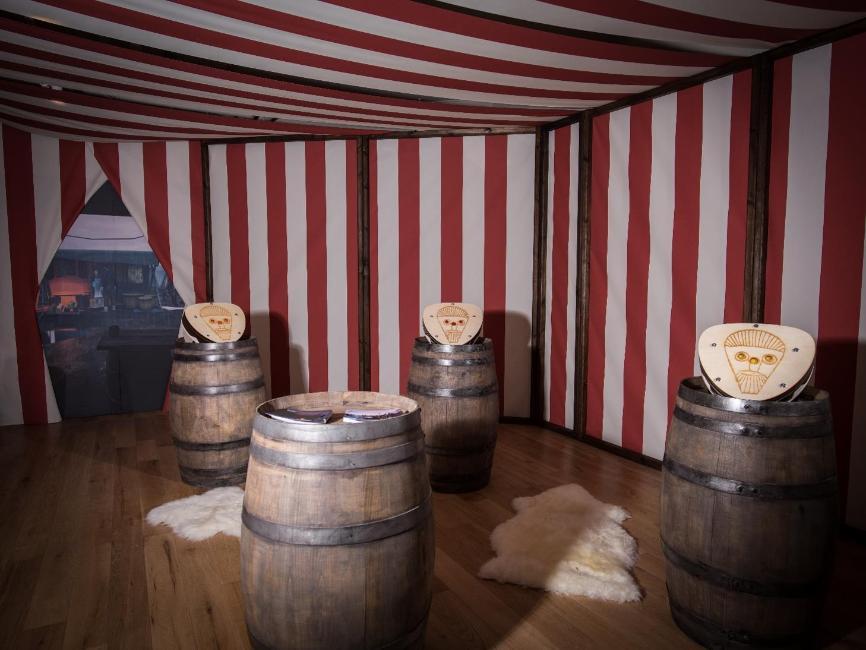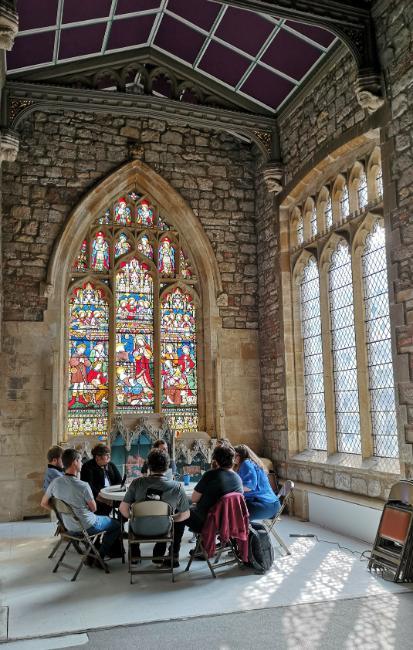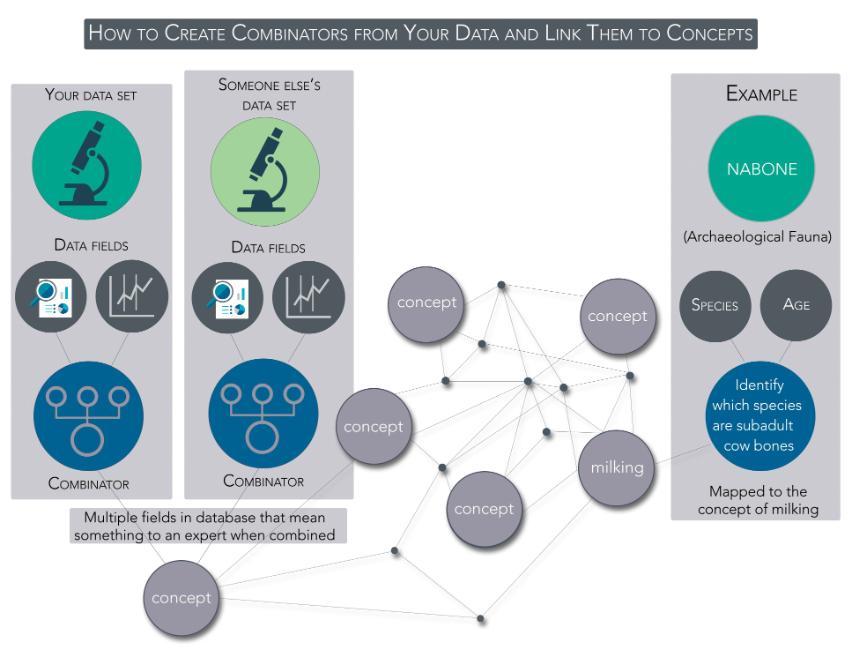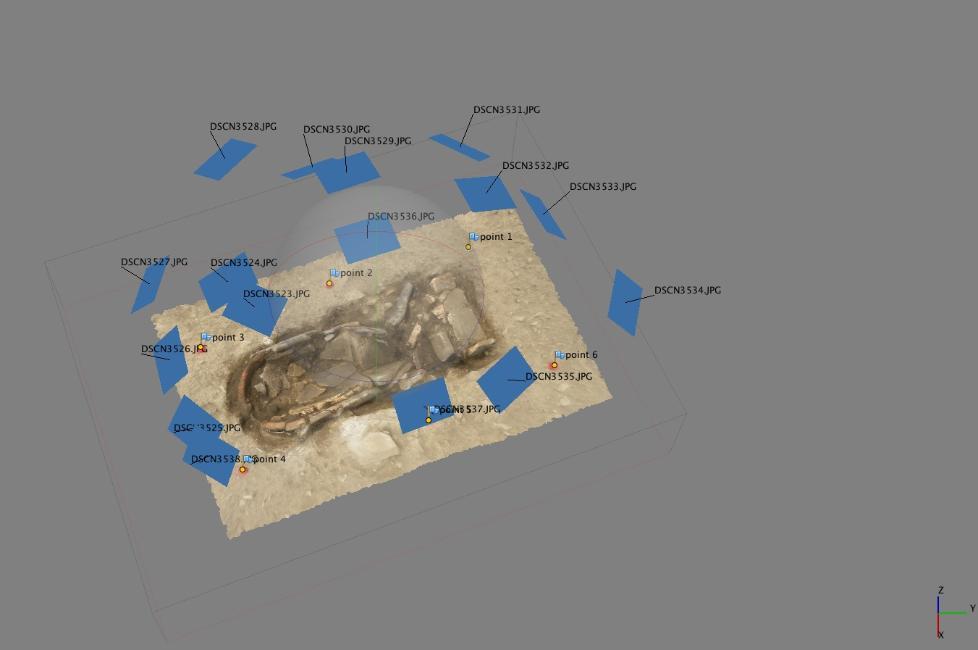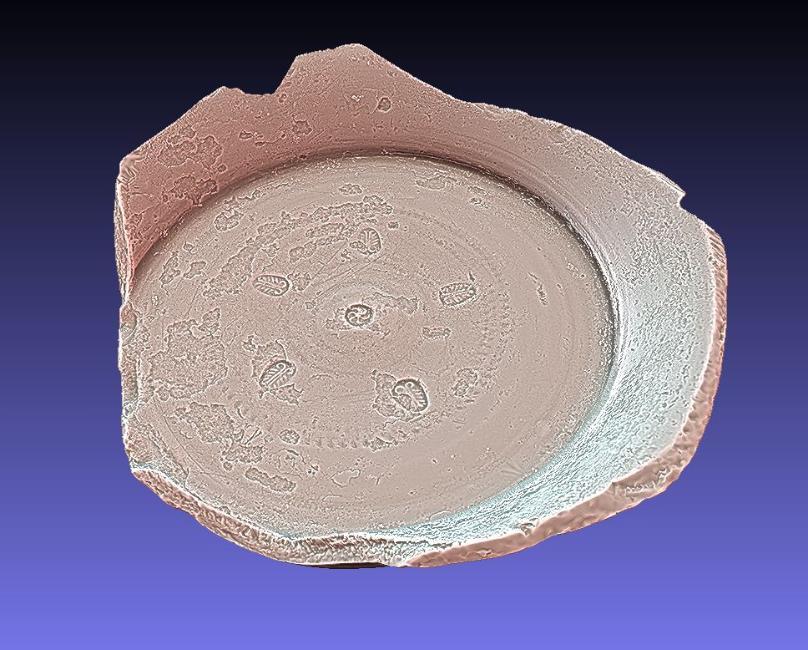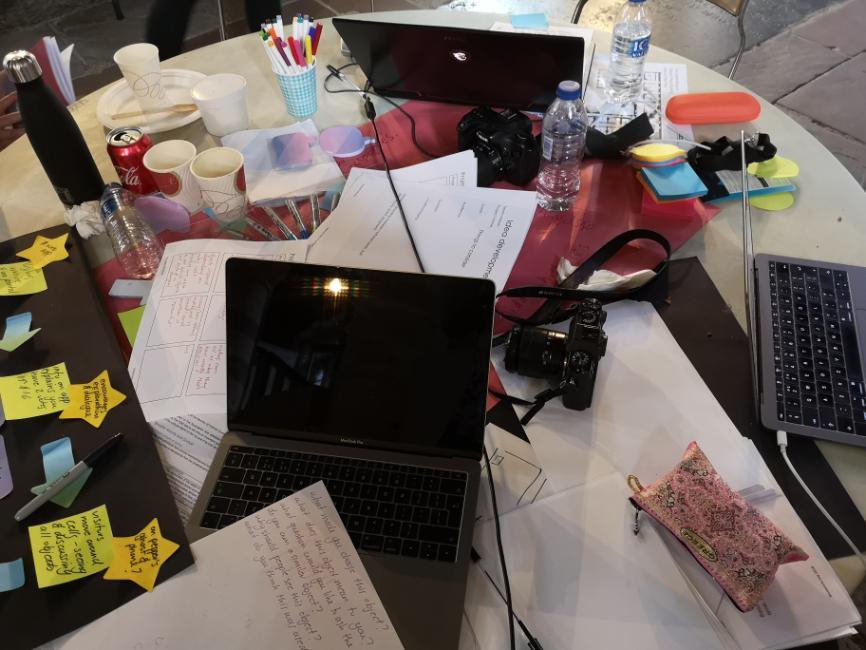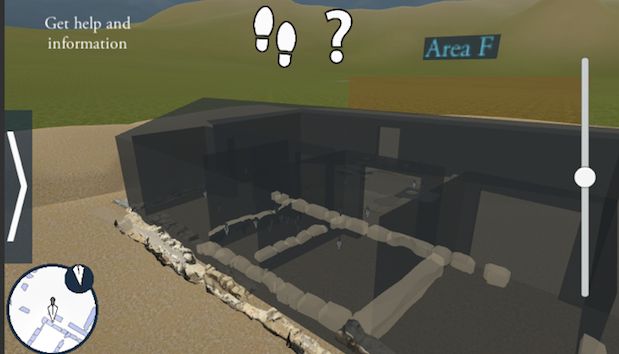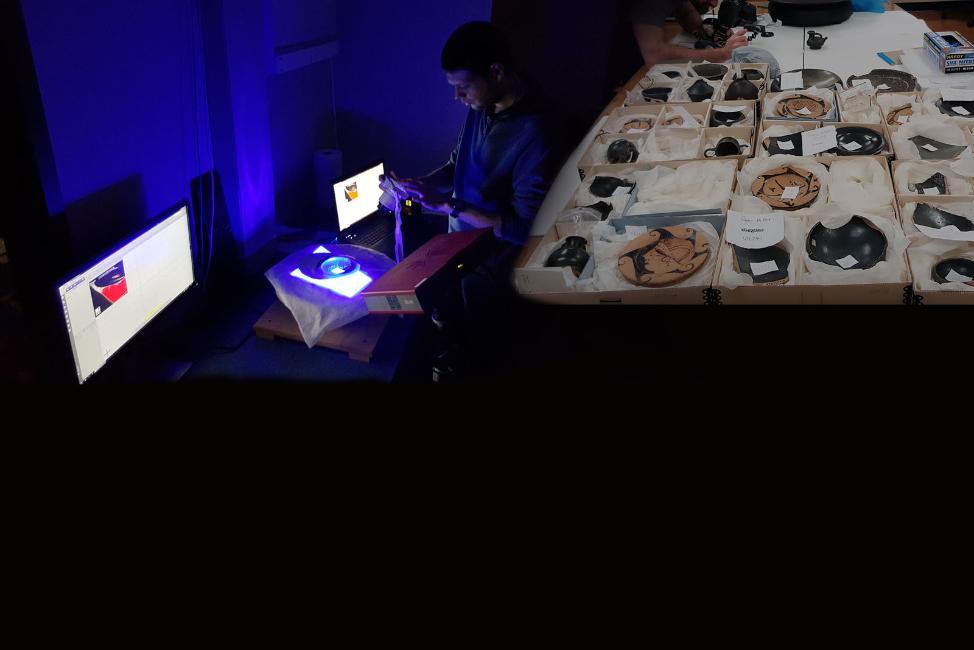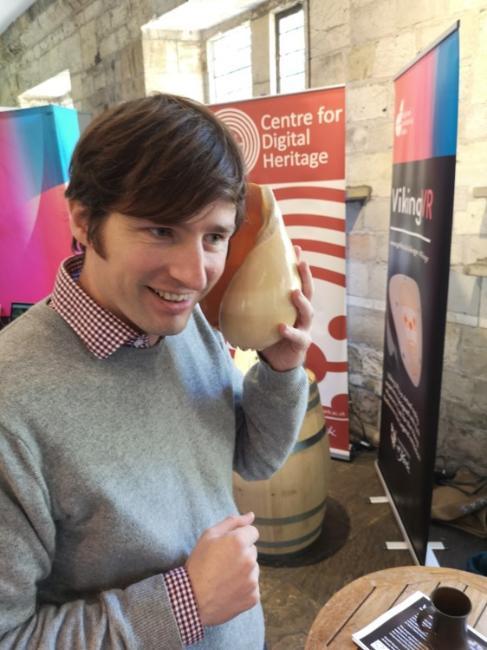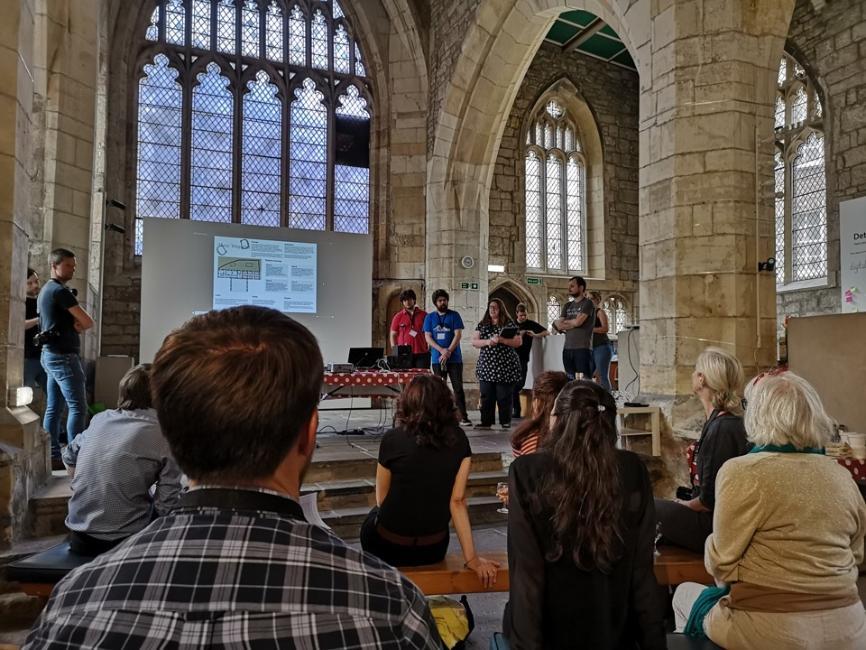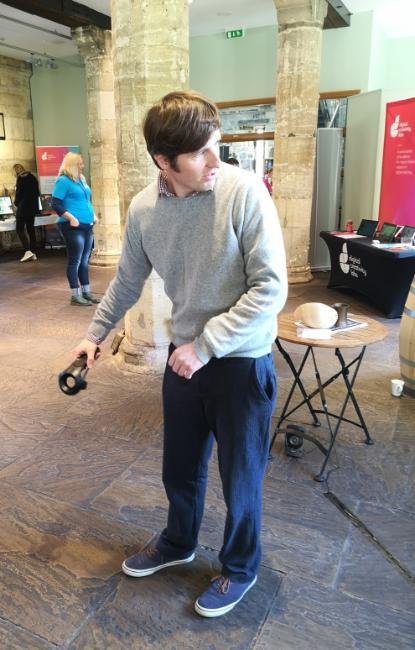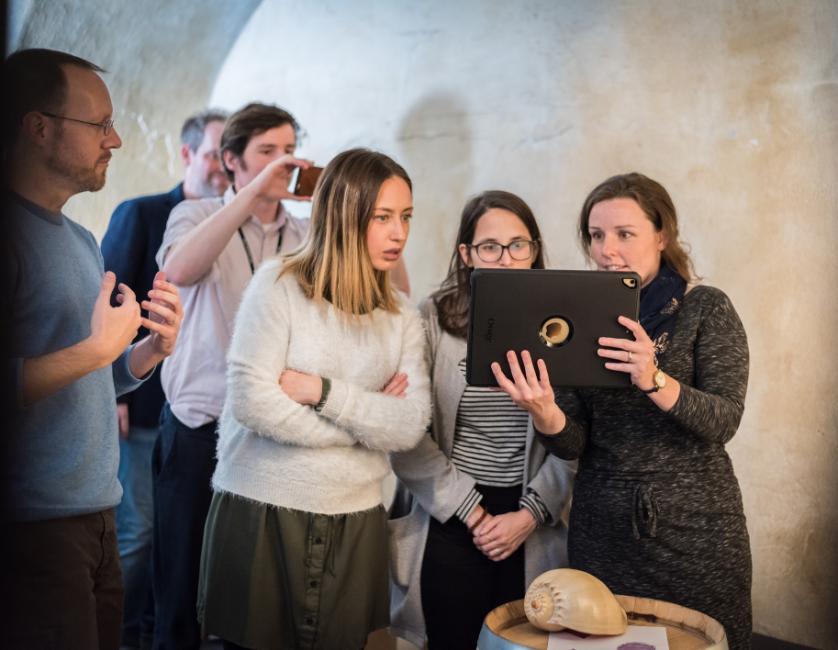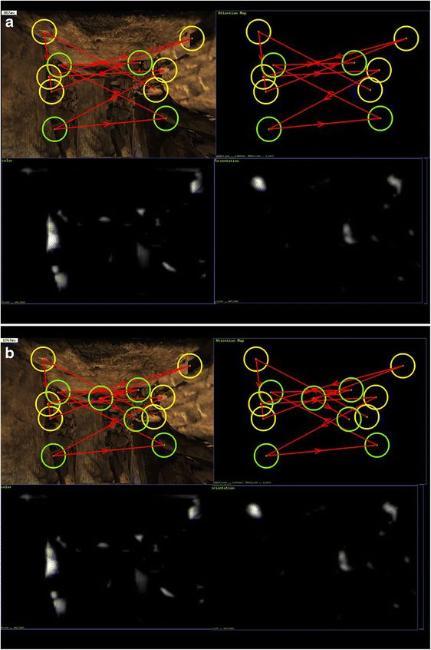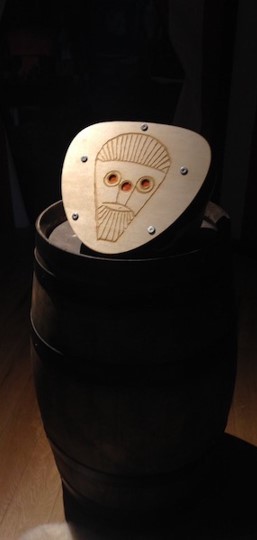Digital archaeology
At the Digital and Computational Archaeology Research Cluster we develop and use innovative digital approaches to the study and representation of the past. We are a community of researchers and students who work across the arts and sciences on topics ranging from Game Design and Virtual Reality to Remote Sensing, Scientific Imaging, and Spatial Analysis.
Our work draws upon the latest developments in digital technology and media. We are actively engaged in research projects investigating:
- Interactive media and archaeological storytelling
- Digital Imaging and Sensing
- Digital Knowledge Creation
Digital Archaeology at Glasgow is highly collaborative. We work in collaboration with partners from a range of disciplinary backgrounds including Computer Science, Philosophy, Museum Studies, Theatre Studies and Art. We also work beyond the academy in collaboration with the scientific, creative and cultural industries.
Our work is theoretically engaged and asks big questions about the impact of technology on our understanding of and access to the past and the role of archaeology in contemporary society.
At the 2021 Cambridge Annual Student Archaeology Conference, our own PhD student Luca Ottonello recently won 1st prize for his paper: Can digital technology redress war crimes against cultural patrimony? You can view his recorded presentation here.
Interactive Media and Archaeological Storytelling
Emerging media such as interactive TV and Mixed Reality are changing how we tell stories and how we interact with digital content. We are working at the forefront of these changes to explore how new media and technologies can be used for archaeological storytelling. We have produced award winning experimental interactive media for museums, galleries, excavations and cityscapes and are currently working with museum partners to transform the way in which digital media for museums are commissioned and designed.
Our research is grounded in the principle that archaeology is for everybody. We actively develop participatory and inclusive approaches to user centred design specifically for use within the heritage sector. We have worked with a wide range of partners including teachers, local history societies and charities to ensure that access to digital design and archaeological storytelling remains as broad as possible.
This work is at the heart of our teaching as well as our research. Our Digital Pasts course offers a unique foundation in the design and development of interactive media for the heritage sector.
Our research asks:
- What are the impacts of new forms of interactive media on our understanding of the past?
- how can cultural heritage institutions prepare for new roles in the digital-creative economy?
- Can we use digital media and technology to open archaeology to new audiences?
Find out more about this research theme by visiting:
Projects
- Digital Creativity for Regional Museums
- DiNAR Project
- The Im/Material Network
- Immersive Experiences Lab
Courses
Digital Pasts: Interactive Media and Games for Archaeology and Heritage
Papers
- Guy Schofield, Gareth Beale, Nicole Beale, Martin Fell, Dawn Hadley, Jonathan Hook, Damian Murphy, Julian Richards, and Lewis Thresh. 2018. Viking VR: Designing a Virtual Reality Experience for a Museum. In Proceedings of the 2018 Designing Interactive Systems Conference (DIS '18). ACM, New York, NY, USA, 805-815. DOI: https://doi.org/10.1145/3196709.3196714
- Beale, G. 2018. Volatile Images: Authenticity, Representation and Multivocality in DigitalArchaeology. In Di Giuseppantonio Di Franco, P., Galeazzi, F and Vassallo, V. Redefining Authenticity. McDonald institute for Archaeological Research Monograph Series.
- Beale, G., Beale, N., Minkin, L. & Dawson, I. 2013. Making Digital: Visual Approaches to the Digital Humanities, Electronic Visualisation and the Arts 2013. K. Ng; J. Bowen; S. McDaid (eds.). London: British Computer Society (BCS), p. 240-25516 p.
Digital Sensing
The senses are at the heart of archaeological work. Sight, sound, touch, smell and even taste all help us to interpret and understand archaeology. Our research investigates the ways in which sensory engagements with archaeology have changed as we have made increasing use of digital sensors and digitally mediated encounters with archaeology. In parallel, we are pursuing the use of remote sensing to think beyond what we experience as humans, working to take advantage of the ways that digital technologies can extend our senses.
Our work incorporates an expertise in the capture and analysis of remote sensing and digital imaging data as well as the use of novel approaches to data interpretation using tactile media and virtual and augmented reality. We are interested in technological innovation but we also play a leading role in critical and theoretical discourse which questions the underpinnings of standard and convectional forms of digital archaeological practice.
Our research asks:
- How can emerging digital imaging and remote sensing technologies be meaningfully and creatively used within an archaeological setting?
- What new opportunities exist for the analysis and interpretation of remote sensing data?
- How do digital interactions with archaeological data differ from physical interactions and how do these differences impact on archaeological interpretation?
Find out more about this research theme by visiting:
Projects
Courses
Papers
- Opitz, R. (2017). An Experiment in Using Visual Attention Metrics to Think About Experience and Design Choices in Past Places. Journal of Archaeological Method and Theory, 24(4), 1203-1226.
- Opitz, R., & Herrmann, J. (2018). Recent trends and long-standing problems in archaeological remote sensing. Journal of Computer Applications in Archaeology, 1(1), 19-41.
- Milner, N., Bamforth, M, Beale, G, Carty, J., Chatzipanagis, K, Croft, S., Conneller, C, Elliott, B., Fitton, L., Knight, B, Kroger, R., Little, A., Needham, A., Robson, H., Rowley, C., Taylor, B. (2016) A unique engraved shale pendant from the site of Star Carr: the oldest Mesolithic art in Britain. Internet Archaeology
- Beale, G. and Beale, N. (2015) Community-driven approaches to open source archaeological imaging. In, B. Edwards & A. Wilson (eds.) Open Source Archaeology – Ethics and Practice, Versita
Digital Knowledge Creation
Open data, big data, and the tools that enable us to find, access and manipulate them are transforming archaeological research, supporting nuanced and data-rich approaches to complex questions about society and the environment from the past to the present. We contribute to transdisciplinary teams that are developing research cyberinfrastructures and ontologies - formal models of the concepts that underlie our ideas and interpretations - that support transdisciplinary work, integrating data and ideas across disciplinary divides. Our work highlights the importance of how we go about publication and communication of archaeological data and ideas in this open and integrative digital context and raises critical questions about the implications of pervasive digital tools and data.
Our research asks:
- What are the impacts of open data and big data on archaeological practice and our approach to understanding of the past?
- How can we develop digital tools that encourage and support the integration of archaeological research and insights into the wider discourse?
- How do we balance making data open and available with the providing context and expertise in interpreting that data in a digital context?
Find out more about this research theme by visiting:
Projects
Courses
Papers
- Opitz, R. S., & Johnson, T. D. (2016). Interpretation at the controller’s edge: Designing graphical user interfaces for the digital publication of the excavations at Gabii (Italy). Open Archaeology, 1(1).
- Opitz, R. (2018). Publishing Archaeological Excavations at the Digital Turn. Journal of Field Archaeology, 43(sup1), S68-S82.
- Huggett, J. (2017). The apparatus of digital archaeology. Internet Archaeology, 44.
- Huvila, I., & Huggett, J. (2018). Archaeological practices, knowledge work and digitalisation. Journal of Computer Applications in Archaeology, 1(1), 88-100.
- Huggett, J. (2015) Digital haystacks: open data and the transformation of archaeological knowledge. In: Wilson, A. T. and Edwards, B. (eds.)Open Source Archaeology: Ethics and Practice. De Gruyter Open, pp. 6-29. ISBN 9783110440171 (doi:10.1515/9783110440171-003)
- Strawhacker, C., Buckland, P., Palsson, G., Fridrikkson, A., Lethbridge, E., Brin, A., Opitz, R. and Dawson, T., 2015, September. Building cyberinfrastructure from the ground up for the North Atlantic Biocultural Organization introducing the cyberNABO Project. In Digital Heritage, 2015 (Vol. 2, pp. 457-460). IEEE.
- Beale, G and Reilly P. 2017. After Virtual Archaeology: Rethinking Archaeological Approaches to the Adoption of Digital Technology. Internet Archaeology: 44


